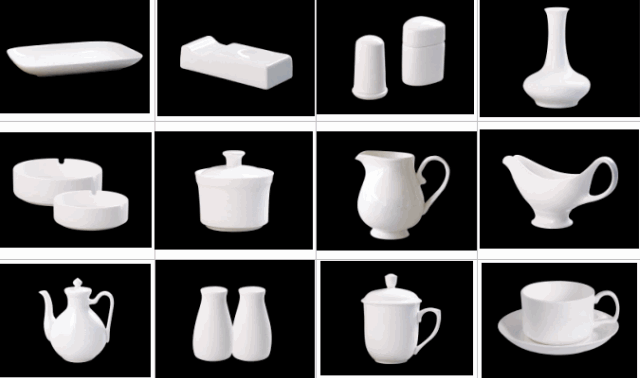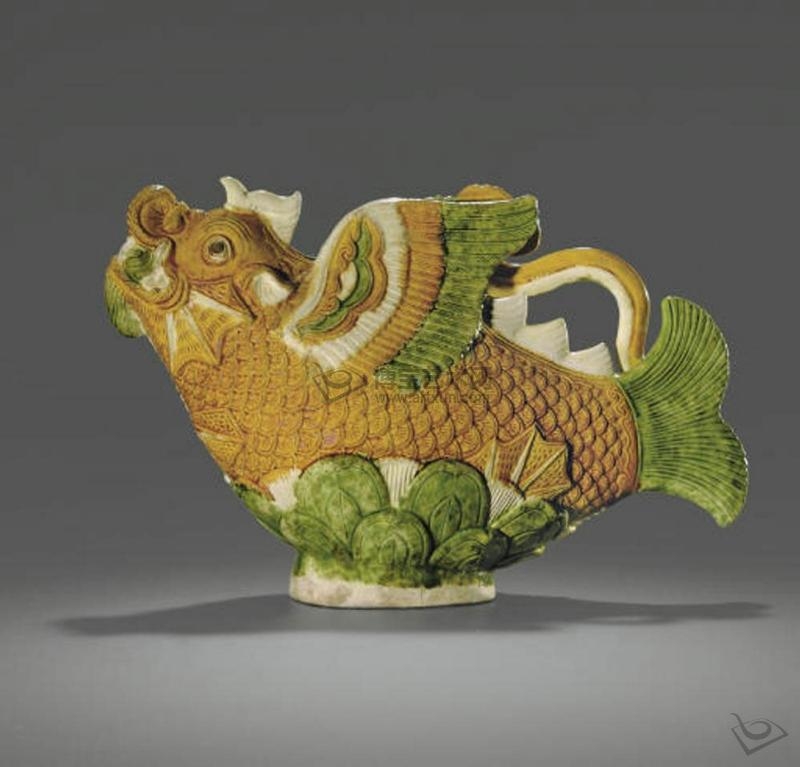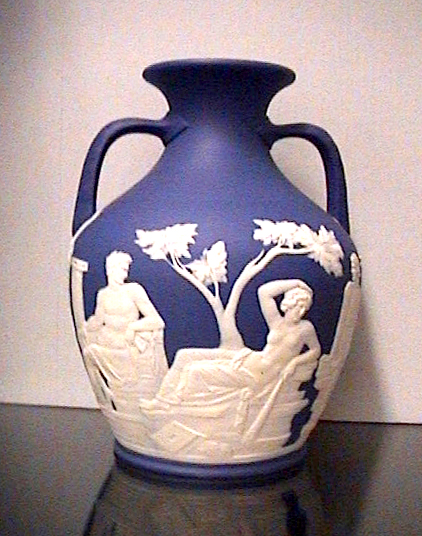The terms porcelain and china are interchangeable. Generally speaking, china is used in reference to dinnerware. Porcelain or china is a type of pottery.
It was invented in China about 200 CE and is the most complex type of pottery to manufacture. Porcelain is smooth, vitreous (nonporous), thin-walled, and translucent.
The European pottery trade business was done mostly in the German language. When reading reference material on the subject much of the information uses German words, and the German names for villages and towns. Bohemia is the German word for Ceský (Czech).
Porcelain manufacturing did not come to Europe until the 1600’s when the French mixed clay and ground-glass and baked it at 1100 degrees Celsius. This is not true porcelain as it is too soft. It is referred to as soft paste porcelain.
In 1707 at the Meissen factory in Saxony, Johann Friedrich Bottger created the first hard past porcelain outside of China. Vienna, Austria soon followed
In 1792 the first Bohemian factory was established, but did not commercially produce porcelain for about twenty years. Bohemian porcelain is made from fine-grained white clay (kaolin), feldspar, and quartz and baked at 1400 to 1600 degrees Celsius.
At the beginning of the 1800’s Josiah Spode, an English person developed porcelain made with fine-grained white clay (kaolin), feldspar, and calcined bone (bone ash), thus the term “bone china,” also true porcelain. It is not as brittle, weighs less, and is whiter allowing for a wider range of decoration colours.
The British and Americans prefer bone china, whereas Europeans prefer the hard paste porcelain that is made with quartz. England, Russia, and Japan make “bone” china. In Russia, bone china is called alabaster china.











